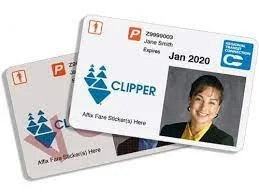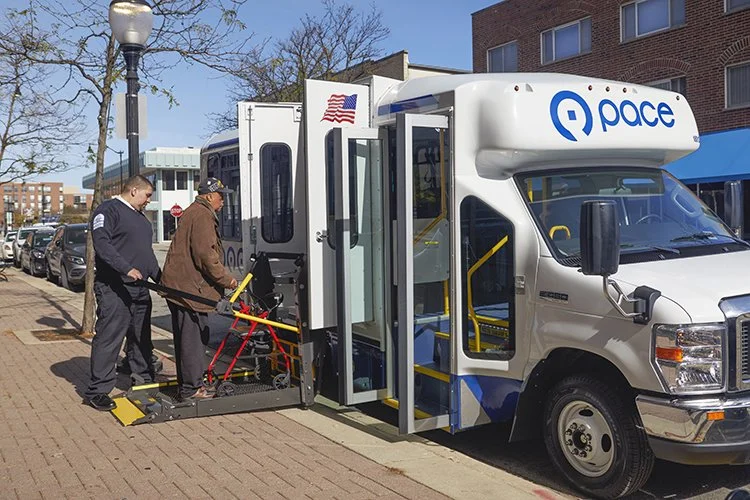Clipper Announces Plans for the Future of Disability Discount and Paratransit Programs
In the Bay Area, riders with disabilities can access public transit and receive reduced fares through the Regional Transit Discount (RTC) card program and ADA Paratransit, each of which is run separately and has its own qualifications.
On August 26, Clipper representatives presented ongoing and future work to improve the experience of disabled users.
Customer service improvements to Regional Transit Connections card program (RTC)
The RTC program provides a discount to people with disabilities on fixed-route transit. Eligible people can get a special RTC Clipper card and automatically receive a discounted rate. People can use the RTC card in two ways - as a payment card, and as proof of eligibility for the discount, for people who pay with cash.
At the meeting, Clipper staff reported that they were working on a self-service web portal that will allow people to check the status of their application, help expedite the application process, help customer service staff provide faster response time to users with questions and issues, and eventually provide a self-service application process. The portal is based on the well-established Salesforce customer service software.
ADA Paratransit
ADA Paratransit is a federally-mandated door-to-door service for transit riders with disabilities, allowing them to be picked up at their home. The program is required under the Americans with Disabilities Act (ADA), and therefore has federally mandated (and stricter) eligibility standards.
At the August 26 meeting, Clipper staff shared that with the rollout of Clipper 2.0 in 2023, Clipper will be a payment option for ADA Paratransit.
Under this new program, customers will provide their Clipper account information to a booking agent, who will then connect their Clipper account to any future paratransit trips with that transit agency. Because paratransit rides are booked in advance, this eliminates the need for operators to install card readers on the vehicles and eliminates the need for users to pay with their card on the vehicle.
RTC and Clipper Paratransit Alignment
With RTC and ADA paratransit now both integrating Clipper, crucial connections between the two programs are now possible, and some of the many barriers to transit access for the disabled community can be broken down.
Moving forward, the MTC will begin taking on administration tasks for ADA paratransit as well as RTC, with both databases moving to Salesforce and both programs being administered by MTC. Once both are under the same administration, ADA-paratransit eligibility will become an eligibility category for RTC Clipper Access. This means that once someone is eligible for ADA paratransit, they will automatically be eligible for RTC Clipper access.
Issues
At the meeting, Policy Advisory Council representative Christine Fitzgerald urged MTC to eliminate the need for people with permanent disabilities to regularly have to reapply.
Warren Cushman urged greater ease of use in booking paratransit trips. The MTC responded to this by clarifying that Marin and VTA already allow web booking for paratransit and that with the Clipper 2 launch next year, the Clipper app would also enable booking of paratransit trips.
Conclusion
While the steps to improve and connect both RTC and ADA Paratransit under the Clipper umbrella are certainly beneficial, there is more progress needed to provide disabled people with frictionless access to the transit services they need.
From differing (and at times unreasonable) eligibility requirements to technology and implementation inconsistencies, the MTC and Clipper need to be vigilant in improving the experience for disabled riders. Improving transit access for disabled people is a vital step in providing mobility for people who have been marginalized and creating a more equitable, efficient, and seamless public transportation system in the Bay Area.




